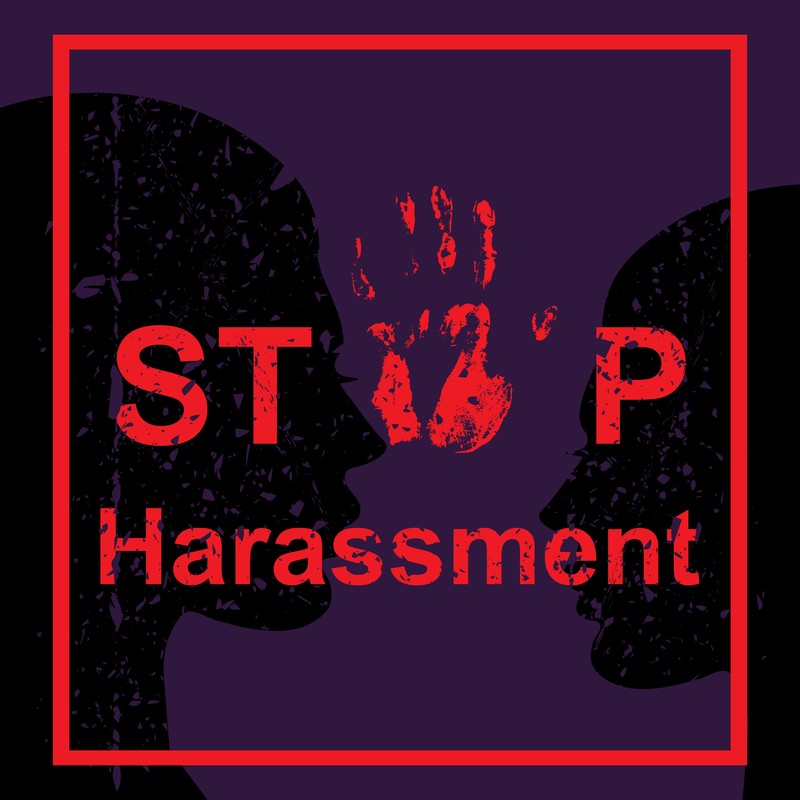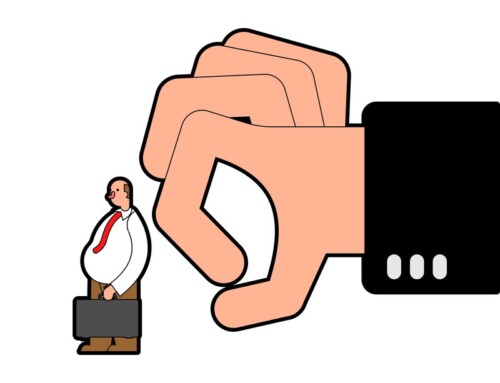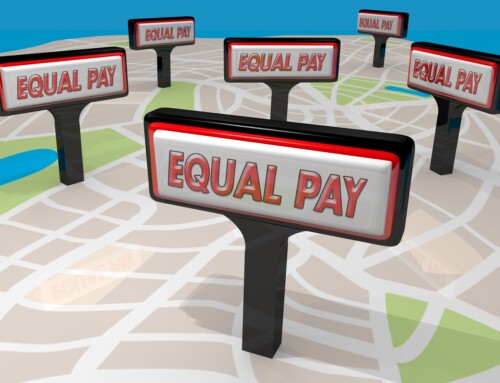 The Ministry of Health, Labor and Welfare (MHLW) has compiled a report on the “Survey on Harassment in the Workplace. Please use this report as a reference for preventing and resolving harassment in the workplace.
The Ministry of Health, Labor and Welfare (MHLW) has compiled a report on the “Survey on Harassment in the Workplace. Please use this report as a reference for preventing and resolving harassment in the workplace.
Incidence of harassment and workplace characteristics related to harassment
Regarding the changes in the number of consultations on harassment over the past three years, the percentage of “no change” was the highest for “power harassment,” “significant annoyance from customers,” “harassment in pregnancy, childbirth, childcare leave,” “harassment in nursing care leave,” and “sexual harassment in job hunting,” while the percentage of “decrease” was the highest for “sexual harassment.
As for the characteristics of the workplace, the difference between those who experienced harassment and those who did not experienced harassment was particularly large for both power harassment and sexual harassment with regard to “little or no communication between superiors and subordinates,” “no anti-harassment regulations enacted,” “no room for failure or low tolerance for failure,” and “lots of overtime work or difficulty in taking leave”.
Status of efforts to prevent and resolve harassment
As employment management measures regarding harassment such as power harassment, sexual harassment, pregnancy, childbirth, childcare leave, and nursing care leave, about 80% of the companies have implemented “clarification and awareness-raising of the content of harassment and policies prohibiting harassment” and “establishment and awareness-raising of a consultation counter”. However, the ratio of “measures to enable the person in charge to respond appropriately according to the contents and circumstances of the consultation” was around 40%.
For all types of harassment, the percentage of respondents who experienced harassment was the lowest among those who answered that their workplace was “actively working on it,” and the percentage of those who answered that their workplace was “not working on it much” was the highest.
Experience of harassment
When asked whether they had experienced power harassment, sexual harassment, or significant annoyance from customers or others at their place of work in the past three years and how often, the percentage of those who had experienced each type of harassment at least once was 31.4% for power harassment, 15.0% for significant annoyance from customers or others, and 10.2% for sexual harassment.
What to do after being subjected to harassment, and what to do at work after learning of harassment
In the case of power harassment and sexual harassment, the highest percentage of respondents chose “did nothing” as their action after being subjected to harassment. On the other hand, in the case of significant annoyance from customers, etc., the percentage of “Consulted with my supervisor in the company” was the highest, followed by “Consulted with my colleagues in the company.
As for the response of the workplace after learning of harassment, “nothing in particular was done” (47.1%) for power harassment, “they listened to your requests or consulted with you to solve the problem” (34.6%) for sexual harassment, and “they listened to your requests or consulted with you to solve the problem” (48.6%) for significant annoyance from customers, etc. that had the highest percentage.




